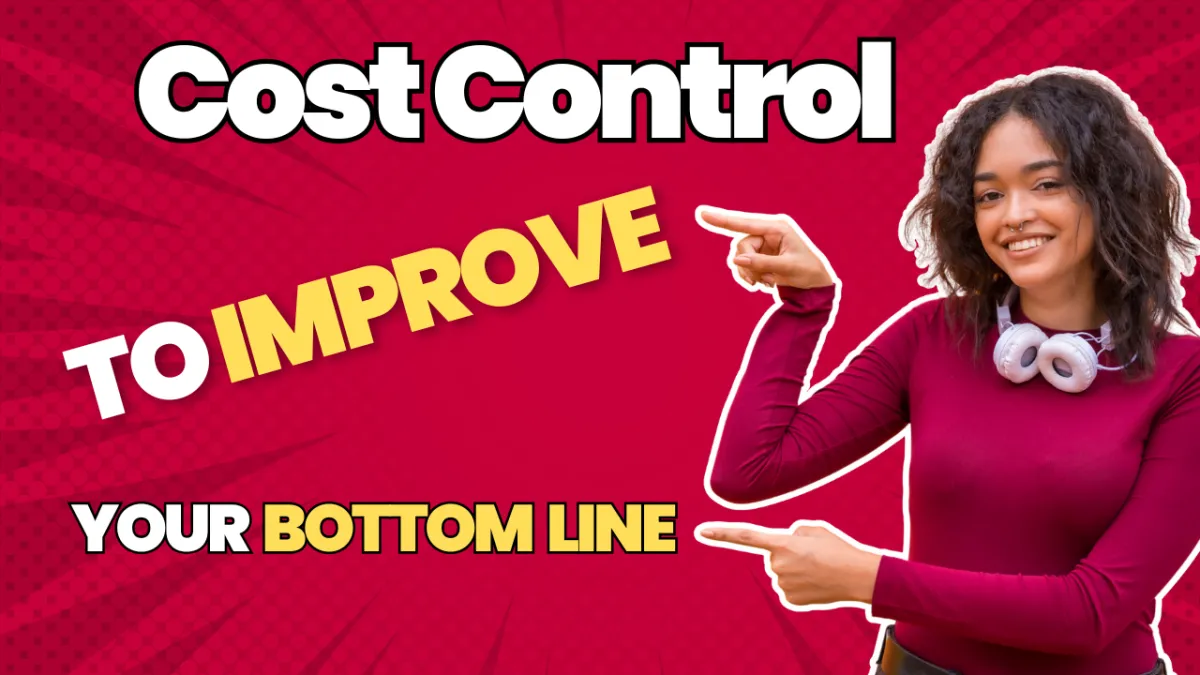5 Effective Pricing Strategies for Your Business
Setting the right price for your products or services is crucial to your business's success.
It affects everything from your profitability to your competitiveness in the market.
However, determining the optimal price point can be challenging, as it involves understanding both your cost structure and your customers' perceptions and expectations.
In this post, we'll explore five different pricing strategies that can help you navigate this complex landscape.
These strategies are designed to cater to various business needs and objectives, ensuring you can find an approach that aligns with your goals.
Whether you're launching a new product, entering a competitive market, or looking to maximise profits, these pricing tactics will provide a solid foundation for making informed pricing decisions.
1. Cost-Plus Pricing
What: This strategy involves adding a fixed percentage or markup to the cost of producing your product or service.
Why: It ensures that all costs are covered and a profit is made, making it straightforward and predictable.
How to Implement: Calculate your total cost for production, then add a percentage that represents your desired profit margin.
2. Competitive Pricing Strategy
What: Setting prices based on what competitors charge for similar products or services.
Why: Staying competitive prevents losing market share to competitors and helps attract price-sensitive customers.

How to Implement: Regularly monitor competitor prices and adjust your pricing strategy to match or slightly undercut them, ensuring you remain appealing to your target audience.
3. Value-Based Pricing
What: Pricing products based on the perceived value to the customer rather than based on costs or competition.
Why: It can lead to higher profits because it focuses on the benefits the product provides, which may justify a higher price.
How to Implement: Conduct customer surveys or focus groups to understand how much value your customers place on the benefits your product offers and price accordingly.
4. Market Penetration Pricing
What: Setting the initial price low to quickly attract a large number of customers and gain market share.
Why: Effective for new products or services entering a competitive market. It can disrupt established competitors and generate buzz.
How to Implement: Start with a low price point to attract customers. Plan to gradually increase the price as your market presence grows and customer loyalty builds.

5. Psychological Pricing
What: Pricing that considers the psychological impact on consumers, such as pricing items just below a round number ($19.99 instead of $20).
Why: Customers perceive these prices as significantly lower, which can boost sales.
How to Implement: Utilize pricing that ends in odd numbers or just below the next dollar to create a perception of value, encouraging more purchases.
Each of these strategies serves different business needs and customer bases. Implementing them requires understanding both your costs and your customers deeply.
Start by assessing your current pricing structure and consider testing different strategies to see which works best for your specific situation.
Now is the perfect time to invest in your greatest asset - YOUR BUSINESS AND FINANCIAL EDUCATION.
It's time to thrive in these trying times by taking advantage of this opportunity for personal growth.
Be the greatest you can be…
Join us, click the link below for short, sharp, simple video courses that give you confidence and street-smart business skills to succeed.
Latest Posts
The Six Laws of
Wealth Creation
The Six Laws of Wealth Creation. These timeless actions work in 2025’s rapid-change environment and give you calm, repeatable steps to grow money.....
How to Read Business
Financial Reports
A Story of Business Secrets Hidden in Reports
Sarah sat in her office staring at a thick folder of financial reports. Sales, costs, cash flow....
The Millionaire
Mind in Action
Timeless Wealth, Flow, and Power from Robert Kiyosaki,Frank Kern, Tony Robbins
and Open Ai......
Why Cost Control Is the Forgotten Key to Profitability
Most entrepreneurs chase sales growth like it’s the only thing that matters.They spend thousands on ads, new products, and fa ncy offices.....
Master Prompts For
Financial Analysis
The Complete Small Business Guide to Financial Analysis: Formulas, Examples, and Tips.These are super-powerful questions you can ask an AI to help..
How To Solve Any Business
Problem With Ai
AI can help you solve all of these faster, smarter, and more affordably, if you know how. This guide will show you exactly how to do that.........
Disclaimer: The content shared on this blog and in these videos is for informational and educational purposes only. Despite my 30 years of experience as a business owner, I am not a certified financial advisor, accountant, or legal professional. The insights and tips shared are based on personal experiences and should not be taken as professional financial or legal advice. For financial, legal, or professional advice, please consult with a certified professional in the respective field. I disclaim any liability or responsibility for actions taken based on any information found in this blog or these videos.
Copyright Learn Accounting Fast - All Rights Reserved 2025









Facebook
Instagram
X
LinkedIn
Youtube